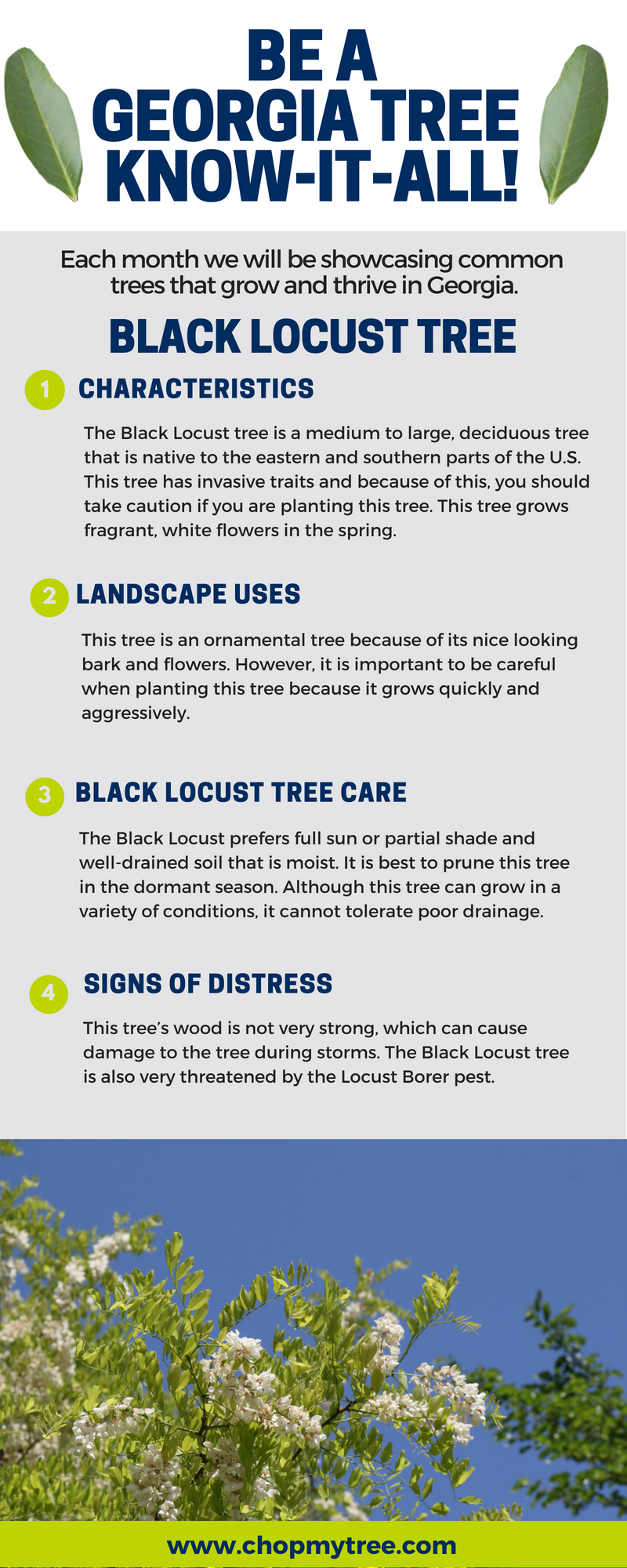Indicators That Tree Elimination Is Necessary: Acknowledging Dangerous Trees
Indicators That Tree Elimination Is Necessary: Acknowledging Dangerous Trees
Blog Article
Content Writer-Lillelund Emerson
When it comes to tree treatment, recognizing the signs that it's time for elimination is essential for your security and home. You could discover blemished leaves, wilting branches, or weird fungal growths indicating illness. Structural issues, like a considerable lean or fractures in the trunk, can also pose risks. Recognizing these indication can assist you make educated choices concerning your trees and protect against possible risks lurking in your lawn. What should you search for next?
Indications of Decay and Illness
When you discover indications of decay and disease in your trees, it's vital to act promptly. Search for discolored fallen leaves, wilting branches, or unusual developments like fungi. These can indicate that your tree is battling.
If you see cracks in the bark or soft, mushy timber, these signs suggest internal decay. Additionally, How To Prune Fig Trees In Pots in insects around your tree can indicate that it's damaged and at risk.
Check for Trimming Fig Trees or passing away limbs, as they position a risk to your residential or commercial property and security. If you're uncertain concerning what you see, speaking with an arborist can provide quality.
Dealing with these indications early can save you from much more extensive damage and make sure the health and wellness of your backyard. Don't wait till it's far too late.
Structural Instability and Leaning
As you observe your trees, keep an eye out for any type of indicators of structural instability or leaning. If a tree leans significantly, it might indicate that the root system is endangered.
Search for any kind of splits in the trunk or dirt around the base; these can signify potential failing. Furthermore, look for unusual growth patterns, like a lopsided crown, which might suggest that the tree is having a hard time to hold itself upright.
If you notice that the tree leans toward your home, high-voltage line, or various other structures, it positions a greater threat. Don't neglect these signs-- consult an arborist to analyze the situation.
Doing something about it early can protect against expensive damage and ensure your safety.
Dead or Perishing Branches and Vegetation
If you see dead or dying branches and foliage on your tree, it's a clear sign that something's incorrect.
These harmful areas can suggest underlying issues like illness, parasite problems, or ecological anxiety. When Tree And Brush Removal Service shed their leaves or turn brownish, they're no longer contributing to the tree's health. Ignoring these signs might bring about more decrease, making your tree more hazardous.
Dead branches can easily break off throughout storms, posing a risk to residential or commercial property and individuals close by. It's essential to examine the degree of the damages.
If the trouble influences a significant part of the tree, take into consideration consulting an expert. They can help figure out if elimination is essential to ensure safety and security and preserve the appeal of your landscape.
Final thought
If you observe any kind of indicators of degeneration, architectural instability, or dead branches on your trees, do not ignore them. These indicators can position major safety risks to you and your residential or commercial property. It's always best to speak with an expert arborist that can supply an expert assessment of your trees. Doing something about it early can stop mishaps and costly damages, guaranteeing your landscape stays safe and healthy. Keep in mind, it's far better to be aggressive about tree care than to wait on a catastrophe to take place.
